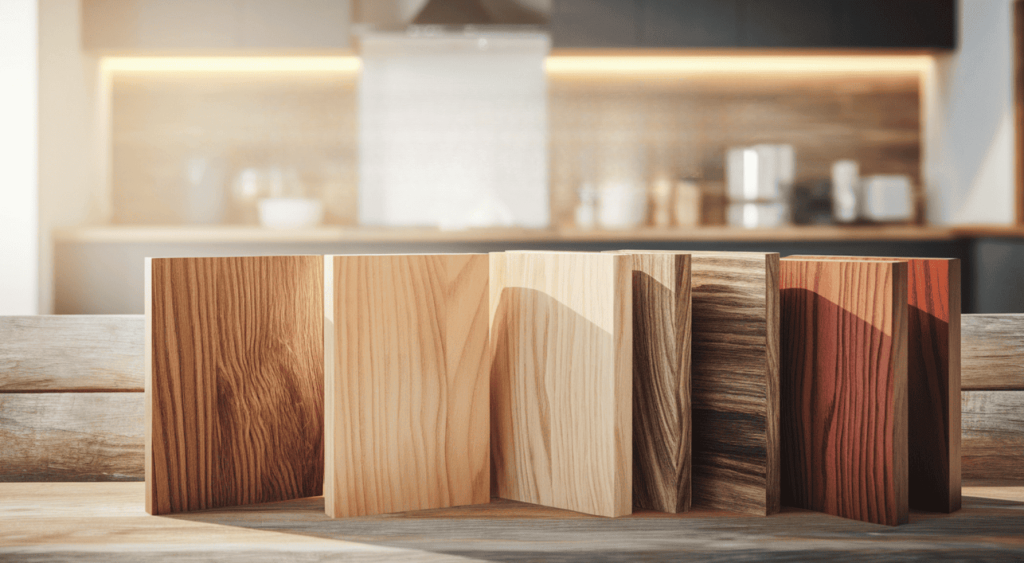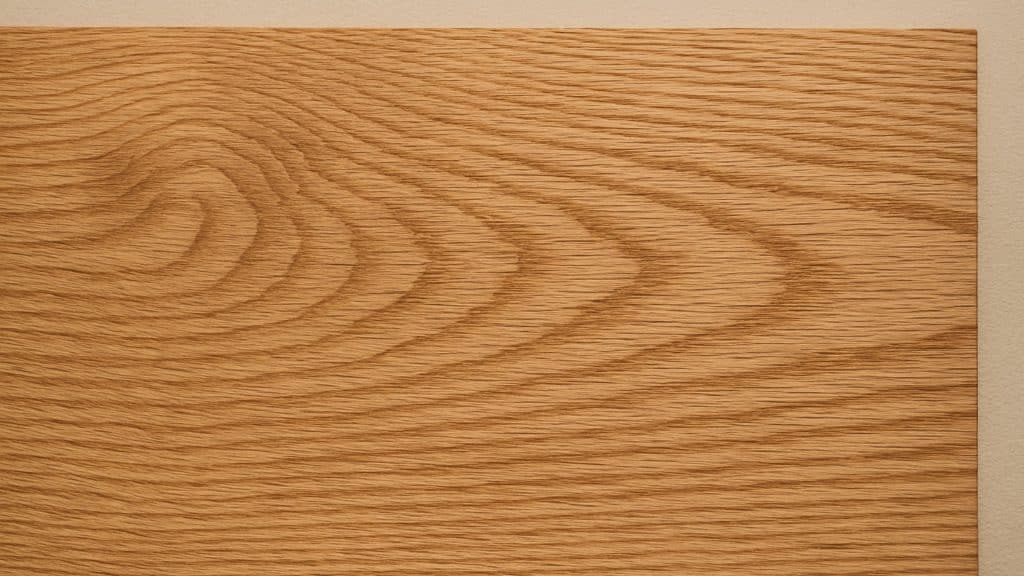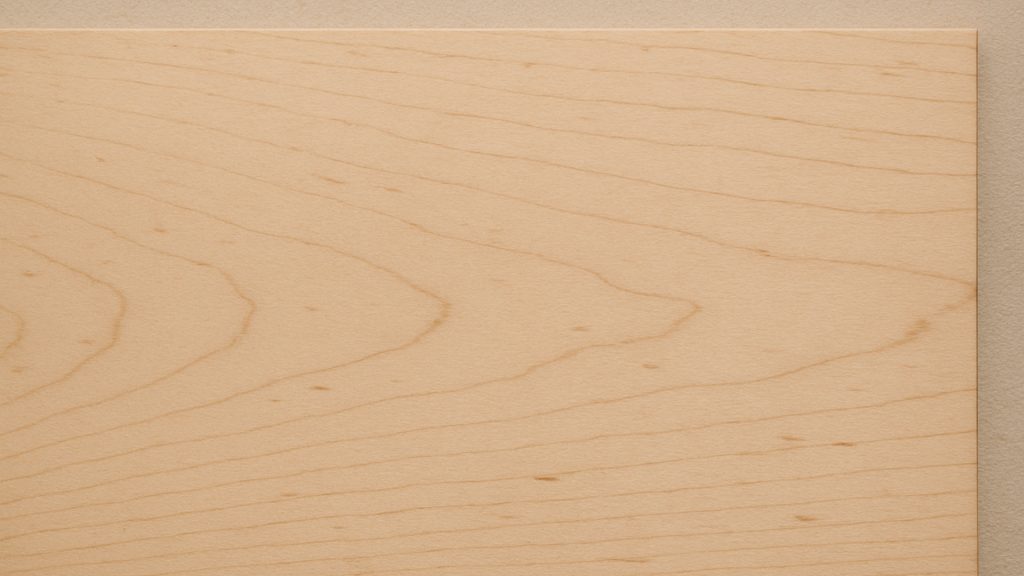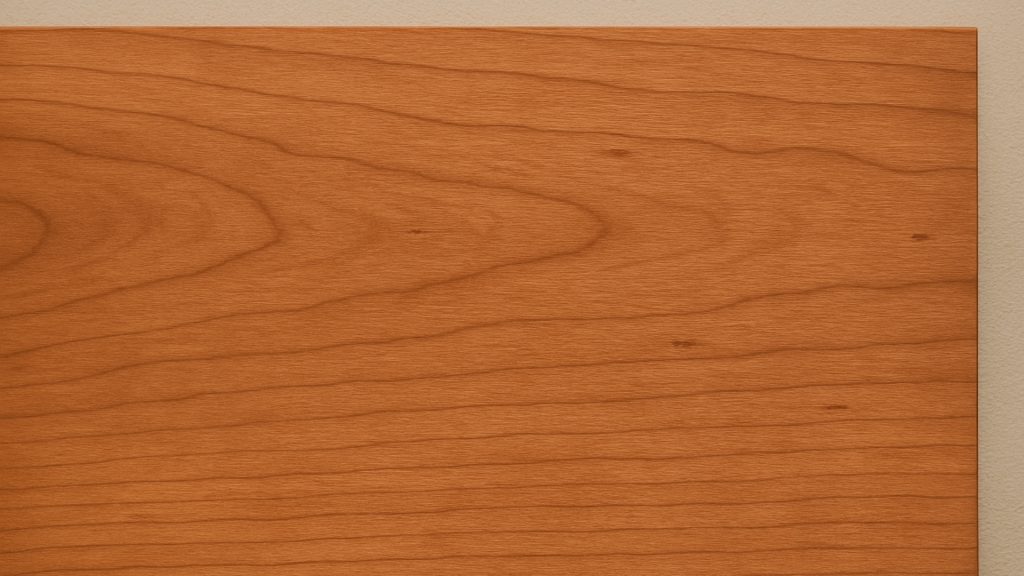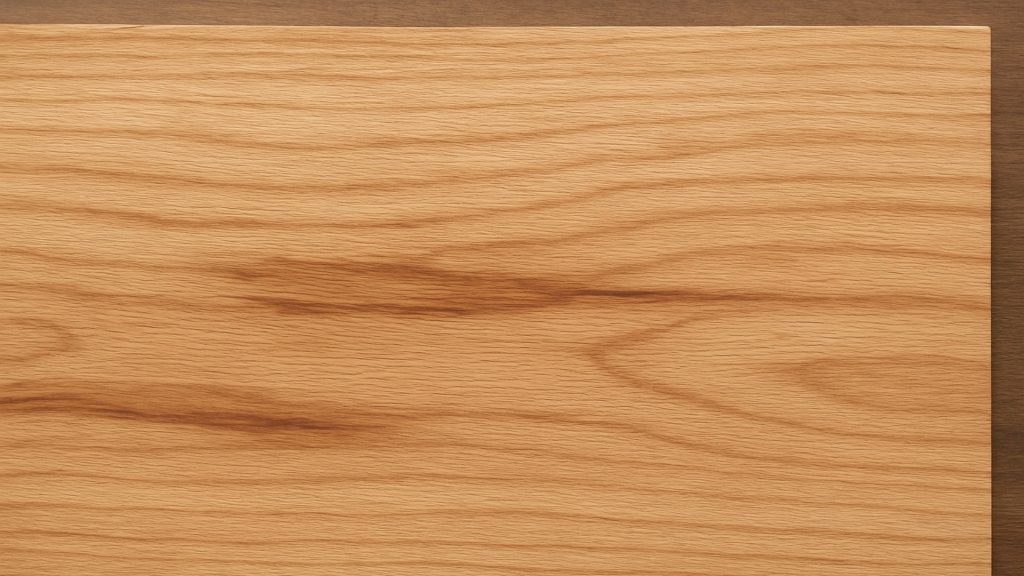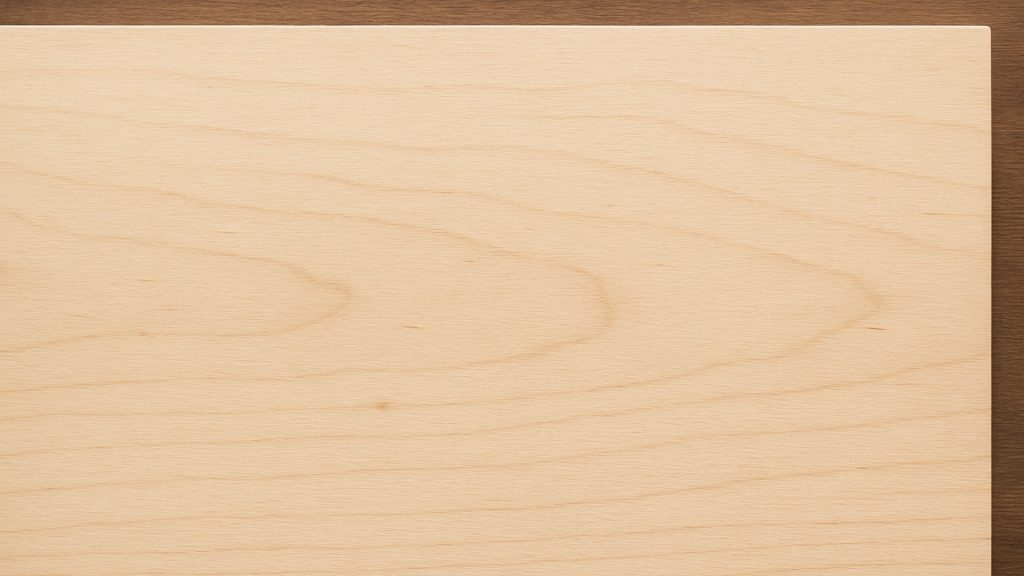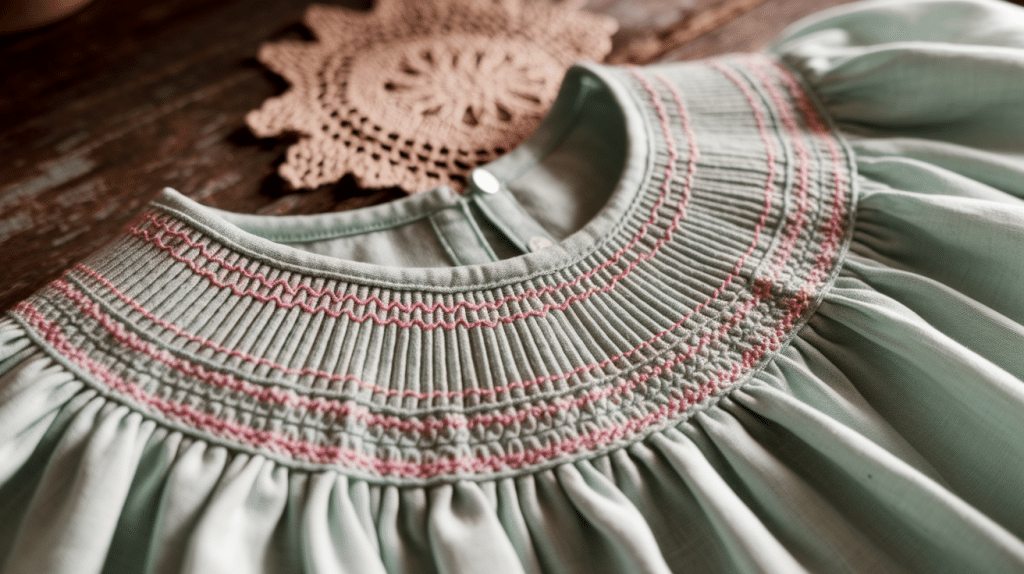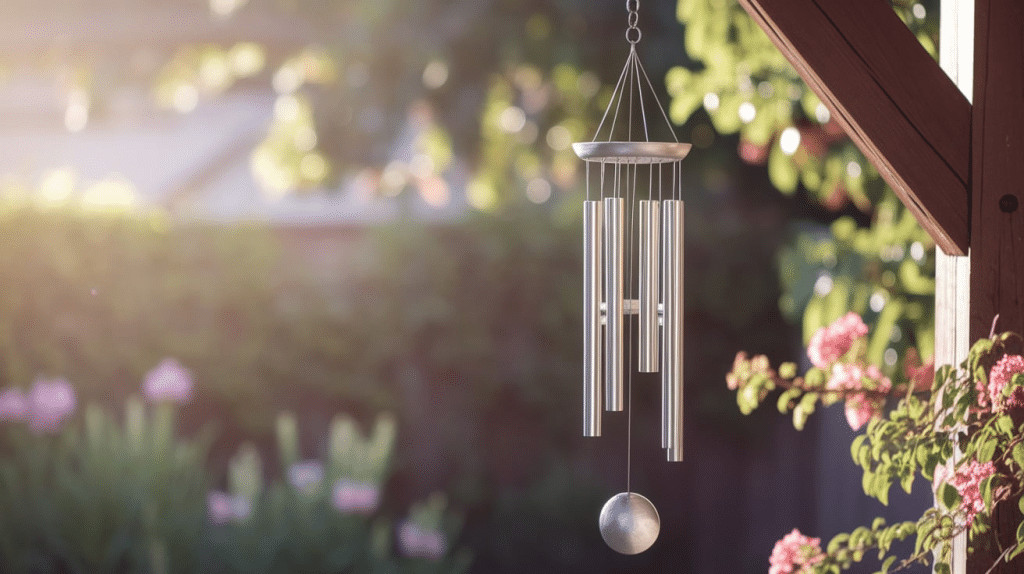Choosing the perfect wood for your kitchen cabinets might seem overwhelming, but it’s one of the most important decisions you’ll make during your renovation.
The right cabinet wood doesn’t just determine how your kitchen looks—it also affects durability, maintenance needs, and your budget.
From the classic warmth of oak to the sleek refinement of walnut, each wood type brings unique characteristics to your space.
Some woods resist daily wear and tear better, while others offer stunning grain patterns that become the centerpiece of your kitchen.
Find out the top cabinet woods that combine beauty with performance, helping you find the ideal match for your dream kitchen without breaking the bank.
Understanding Cabinet Construction and the Role of Wood
Cabinet making is a blend of art and science, where the choice of wood makes all the difference.
Cabinets come in three main types: stock (pre-made, affordable options), semi-custom (some personalization with moderate pricing), and custom (built specifically for your space at premium prices).
When looking at construction methods, framed cabinets have a face frame that provides stability and a traditional look.
In contrast, frameless cabinets offer a sleek, modern appearance with more accessible storage space.
Your wood selection greatly impacts both styles, affecting strength and appearance.
Perhaps most importantly, the wood you choose determines how long your cabinets will last, how much care they’ll need, and their overall value in your home.
Quality hardwoods might cost more upfront, but typically offer better durability and can increase your home’s resale value compared to cheaper alternatives.
Key Factors to Consider When Choosing Cabinet Wood
Selecting the right wood for your cabinets involves balancing several important factors.
The perfect choice depends on your specific needs, style preferences, and budget constraints. Consider these key elements before making your decision:
| FACTOR | DESCRIPTION |
|---|---|
| Durability & Hardness |
Harder woods, such as maple and oak, resist damage; softer woods, like pine, show wear more quickly. |
| Appearance & Grain | Oak: prominent grain for traditional looks; Maple: subtle grain for modern styles; Cherry: rich warmth; Walnut: dark refinement. |
| Stainability | Maple: even light stains; Cherry: deepens with age; Oak: dramatic with dark stains; Pine: absorbs unevenly. |
| Cost | Budget: pine, birch; Mid-range: maple, oak; Premium: cherry, walnut, mahogany. |
| Sustainability | Seek FSC certification, domestic woods, bamboo, or reclaimed options. |
Remember that your cabinet wood will be with you for years to come.
While budget considerations are important, investing in high-quality materials often pays off in terms of longevity and satisfaction.
Take the time to view samples in various lighting conditions and consider how each option aligns with your overall home design.
Top Wood Types for Cabinets
When designing your kitchen or bathroom, the type of wood you choose for cabinets will significantly impact both aesthetics and functionality.
Each wood species brings unique characteristics that can either enhance your space or create challenges.
Here’s a breakdown of the most popular cabinet woods to help you make an informed decision:
1. Oak
Oak remains a classic choice for cabinets due to its incredible strength and distinctive look.
It has been used in kitchens for generations because it withstands daily wear and tear while maintaining its beauty.
- Pros: Extremely strong and resistant to damage, features distinctive grain patterns, and accepts stains well.
- Cons: Are that it is heavier than other options, can look dated without modern styling, and the prominent grain isn’t ideal for contemporary designs.
- Best For: Traditional kitchens, rustic designs, and spaces where durability is the top priority.
2. Maple
Maple offers a clean, bright appearance that beautifully complements many kitchen styles.
Its smooth surface makes it a favorite for both painted and natural finishes, bringing a fresh look to any space.
- Pros: Features smooth, uniform grain that takes paint beautifully, is highly durable for everyday use, and has a clean appearance.
- Cons: Can develop blotchy areas when stained with dark colors, costs more than some alternatives, and has limited natural color variation.
- Best For: Modern or transitional kitchens, painted cabinet designs, and spaces with minimalist aesthetics.
3. Cherry
Cherry wood is prized for its rich, warm appearance that actually improves with age.
Many homeowners choose cherry for its natural beauty and the way it develops a deeper, more complex color over the years.
- Pros: Offers warm, rich, reddish tones that deepen beautifully with age, features smooth grain patterns, and provides a luxurious natural color.
- Cons: Comes with a higher price tag, darkens significantly with exposure to light, and requires careful maintenance.
- Best For: Formal kitchen designs, upscale traditional spaces, and homeowners who appreciate wood that develops character over time.
4. Hickory
Hickory stands out for its dramatic color variations and exceptional strength.
This wood brings natural character to your kitchen with its striking light-to-dark contrasts within the same piece.
- Pros: Known for exceptional hardness and durability, features dramatic color variations, and stands up to heavy use.
- Cons: Distinctive grain patterns can overwhelm some designs, are difficult to match across cabinets, and are challenging to work with.
- Best For: Country kitchens, farmhouse styles, and rustic designs where natural character is desired.
5. Birch
Birch offers a budget-friendly option that doesn’t compromise on quality.
It shares some visual similarities with maple but comes at a more accessible price point for cost-conscious renovations.
- Pros: More affordable than many hardwoods, has a fine grain similar to maple, and accepts light stains well.
- Cons: Shows inconsistent grain and color patterns, is less durable than premium hardwoods, and can appear uneven.
- Best For: Budget-conscious renovations, clean modern designs, and kitchens where cabinets will be painted.
6. Walnut
Walnuts’ naturally dark, rich color creates a sense of luxury.
This premium wood brings sophistication to high-end kitchens and stands out for its beautiful chocolate tones without needing stain.
- Pros: Features naturally rich, chocolate-brown tones, offers straight grain patterns, and creates a luxurious appearance.
- Cons: Higher price point than most other woods, slightly softer than oak or maple, and limited availability.
- Best For: High-end kitchen designs, modern minimalist spaces, and creating dramatic contrast in light-colored rooms.
7. MDF with Veneer
MDF with veneer offers a practical solution for homeowners wanting the look of wood without the higher cost.
This engineered option provides a consistent surface that works especially well for painted cabinets.
- Pros: Provides a perfectly smooth surface for painting, costs significantly less than solid wood, and resists warping.
- Cons: Cannot be refinished if damaged, less durable for long-term use, and susceptible to moisture damage.
- Best For: Budget-conscious projects, painted cabinet designs, and temporary renovations or rental properties.
Comparison Table of Popular Cabinet Woods
Before making your final decision on cabinet wood, it’s helpful to compare the different options.
The table below summarizes key features of the most popular woods, making it easier to compare them at a glance.
Consider which factors matter most to you!
| WOOD TYPE | DURABILITY | APPEARANCE | STAINABILITY | COST (PER SQ FT) | |
|---|---|---|---|---|---|
| Oak | High | Bold grain | Easy | $26 | |
| Maple | High | Smooth | Medium | $27 | |
| Cherry | Medium | Rich/dark | Easy | $30 | |
| Hickory | Very High | Dramatic | Medium | $30 | |
| Birch | Medium | Subtle | Medium | $24–$26 | |
| Walnut | Medium | Dark/Sleek | Easy | $38 | |
| MDF | Low | Smooth | Painted only | $22 |
Please Note: Prices may vary depending on your location, supplier, and current market conditions. While cost is important, think about the long-term value of your cabinets.
More durable woods may cost more upfront, but they can save money over time by lasting longer.
Tips for Choosing the Right Wood for Your Cabinets
Making the right wood choice for your cabinets doesn’t have to be complicated.
Here are some practical tips to help you decide what will work best in your home:
- See the woods under different lighting conditions, as this affects their appearance.
- Match wood to your home’s style – oak for traditional spaces, maple for modern designs.
- Consider your lifestyle – busy households benefit from durable woods like oak or hickory.
- Mix woods strategically – premium options for visible areas, affordable choices elsewhere.
- Accept natural wood variations as part of its unique character and beauty.
Your cabinets are a long-term investment in your home.
Choosing the right wood ensures it will remain beautiful and functional for many years to come.
The Bottom Line
The perfect cabinet wood strikes a balance between your style preferences, practical needs, and budget constraints.
Oak and maple offer exceptional durability for busy households, while cherry and walnut bring natural classiness to showcase kitchens.
For budget-conscious renovations, birch and MDF offer attractive alternatives that don’t compromise quality too much.
Remember that your cabinet choice will define the character of your kitchen for years to come.
Take the time to see and touch samples in your actual space before making a decision.
When properly selected and maintained, quality wood cabinets become an investment that adds both joy and value to your home.
Creating a kitchen that remains beautiful and functional through countless family gatherings and daily use.
Every grain tells a story—make sure your cabinets tell yours.
Request your free wood sample kit today and feel the difference quality makes in your hands!

